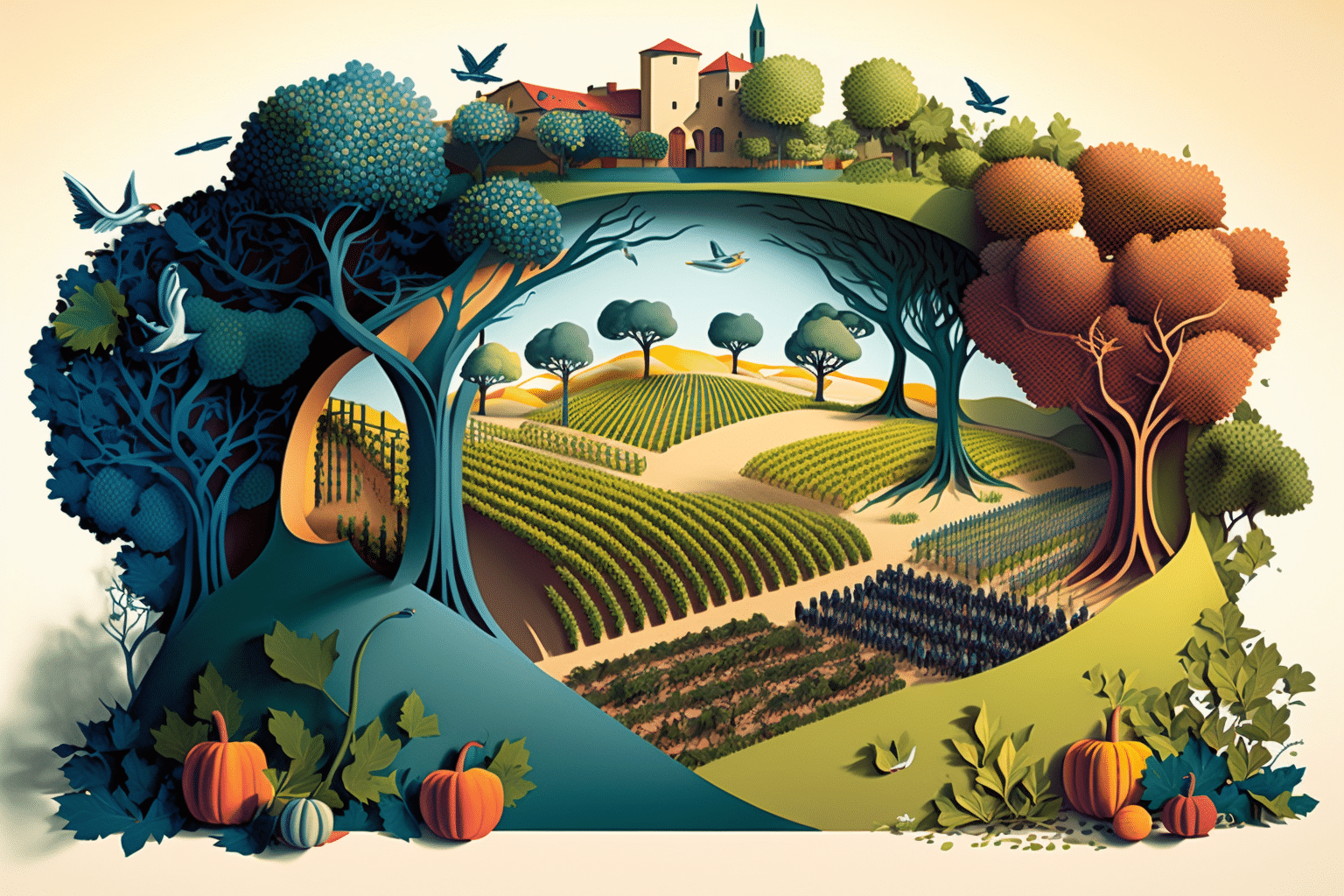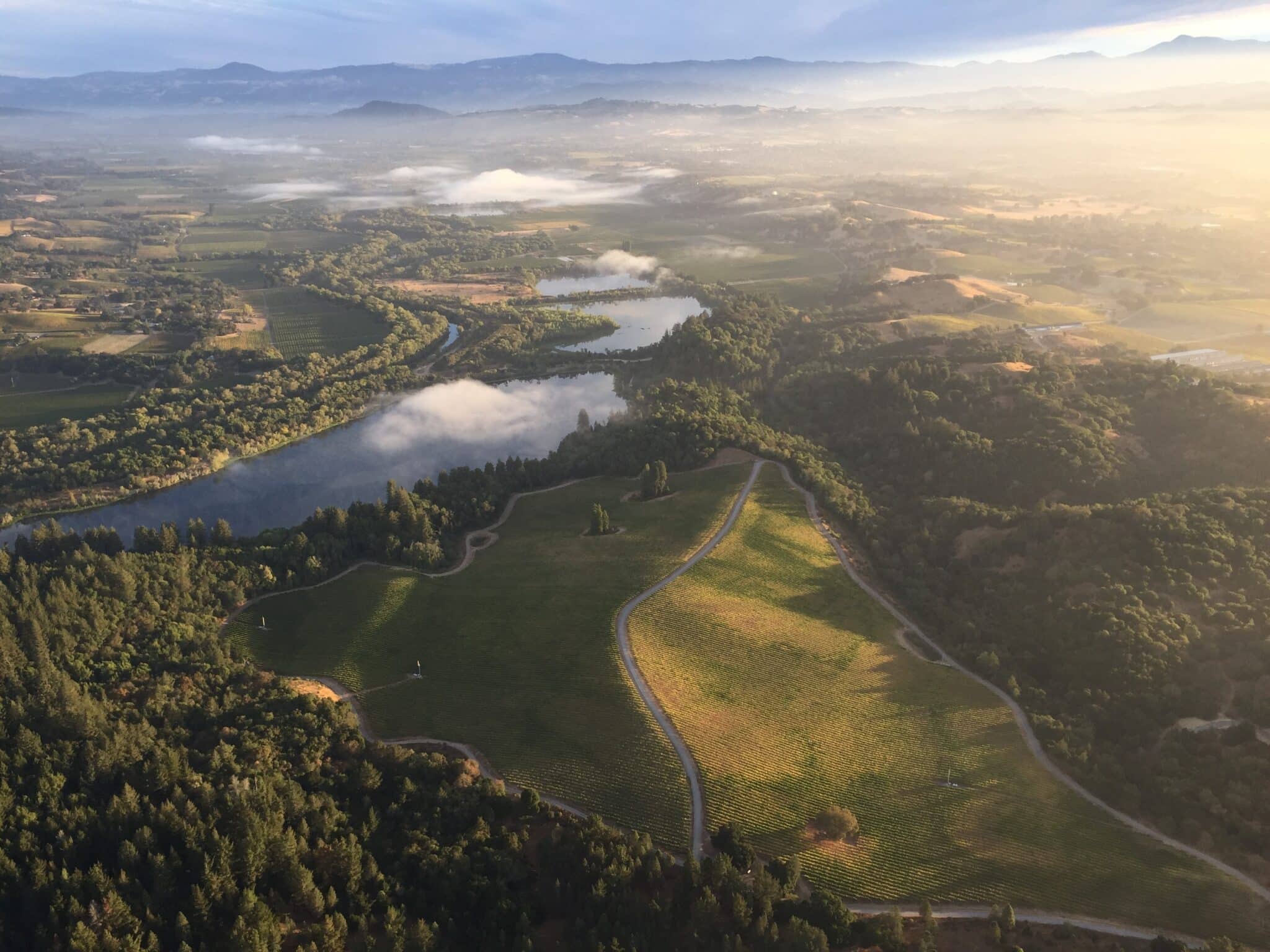Best Wineries For Wine Tasting In Sonoma - Sebastopol Wineries
Best Wineries For Wine Tasting In Sonoma - Sebastopol Wineries
Blog Article
Off The Beaten Path Wineries In Sonoma - Wineries With Stunning Views In Sonoma
Wine tasting is an art that combines sensory experience with an appreciation for the nuances of various varietals. How to judge flavors in winery wine tasting sessions is pivotal to grasping the complexities of wine.
Engaging in a wine tasting includes greater than simply sipping and savoring. It requires a targeted method to determine aromas and flavors that each wine presents. As you begin, observe the wine's look, noting its color and readability. These visual cues often counsel a wine’s age, grape variety, and even potential flavor profiles.
The next step within the tasting process is to swirl the wine in your glass. This motion releases aromatic compounds which would possibly be important for analysis. Lean in and take a moment to inhale deeply; the aromas can vary from floral and fruity to spicy and earthy. The nose of the wine is simply as essential because the palate, and recognizing scents performs a major function in understanding the general experience.
When taking your first sip, allow the wine to maneuver across your palate - Wineries Offering Off The Beaten Path Experiences. Notice the initial flavors that current themselves. Is the wine fruity, floral, or maybe herbaceous? This preliminary taste offers insight into what the wine is prone to categorical as you proceed to judge it. The mouthfeel also contributes to the overall flavor experience; it can be silky, tannic, or even effervescent.
Wineries Providing Guided Vineyard Walks - Wineries Near Sebastopol For Tasting
As you continue tasting, take note of the wine’s balance. A well-balanced wine will harmonize acidity, sweetness, and tannins. If one component overwhelms the others, it'd indicate a much less fascinating quality. Evaluating balance may help you determine how properly the wine would possibly pair with food.
Transitioning to the end, consider how the flavors evolve because the wine lingers on your palate. A long, nice end can indicate a high-quality wine, while a short or abrupt end may suggest otherwise. Replicate on whether the flavors stay constant or if new notes emerge because the wine settles. This progression can reveal complexities and intricacies that might not have been apparent in the preliminary tasting.
Temperature can also be an important consider evaluating wine flavors. Different forms of wine are optimally loved at specific temperatures. White wines usually shine when chilled, whereas pink wines usually carry out best at room temperature. When tasting, ensure the wine is at the acceptable temperature to fully appreciate its character.
Wineries Specializing In Sparkling Wines - Vineyards Near Sebastopol
Pairing food with wine can significantly improve the tasting experience. Foods can affect the perception of flavors in wine, either highlighting sure characteristics or diminishing them. When evaluating flavors, consider how the wine interacts with different foods, noticing which flavors are amplified or muted (Off The Beaten Path Wineries In Sonoma).

Consider the influence of terroir as you engage in a winery tasting. Terroir encompasses the distinctive environmental factors that affect grape growing, together with soil composition, local weather, and geography. Understanding a wine's terroir can provide insight into its flavors and aromas, fostering a deeper appreciation for the choices made during its cultivation and production.
Training performs a elementary function in enhancing one's capacity to evaluate wine flavors. Studying about grape varieties, wine areas, and production strategies can pave the way for more informed judgments throughout tastings. Moreover, attending workshops or classes can refine sensory skills and broaden your flavor vocabulary, enabling you to articulate tasting notes extra successfully.
Lastly, it is essential to do not overlook that evaluating wine flavors is a extremely personal experience. Individual preferences and perceptions will invariably shape one’s tasting journey. Enjoyment must be at the forefront, with the evaluation process acting as a device to reinforce understanding and appreciation quite than create inflexible guidelines.
Wineries Promoting Sustainable Farming - Sonoma’s Lush Vineyard Landscapes
In conclusion, mastering the method to evaluate flavors in winery wine tasting periods involves a combination of sensory engagement, data, and practice. By studying to establish aromas, assess the steadiness, and appreciate the intricacies of flavor, wine enthusiasts can deepen their connection to every bottle they encounter. As with any art type, the extra one immerses themselves within the experience, the extra they may discover and benefit from the huge world of wine.
- Start by observing the wine's shade and readability, as these visible elements can trace at its flavor profile and getting older potential.
- Swirl the wine gently in your glass; this releases aromatic compounds, allowing you to better establish the advanced scents associated with the wine.
- Take a deep inhale before tasting, focusing on both primary and secondary aromas to collect insights on fruits, spices, and other nuances.
- When tasting, allow the wine to coat your palate; note the initial flavors, the mid-palate complexity, and the end as these stages can present different flavor highlights.
- Pay consideration to texture and mouthfeel, as aspects corresponding to tannin levels, acidity, and sweetness contribute considerably to the general tasting experience.
- Examine flavors towards normal wine traits; for pink wines, consider berry notes, oak influence, and natural tones, while whites could embody citrus, stone fruits, and floral hints.
- Take notes during the tasting session to trace your impressions, serving to you to remember and evaluate the totally different wines sampled.
- Focus On your findings with fellow tasters or winery employees, as sharing insights can improve understanding and appreciation of individual flavors.
- Allow time for the wine to breathe; sometimes, flavors evolve and reveal new dimensions after being exposed to air.
- Experiment with food pairings during the tasting as they'll dramatically alter how flavors are perceived, influencing general enjoyment.undefinedWhat should I look for when evaluating the aroma of wine throughout a tasting?
Start by swirling the wine in your glass to launch its aromas. Deliver the glass to your nose and take a deep breath. Pay consideration to the first scents you detect, as these are sometimes essentially the most distinguished. Look for fruit, floral, herbal, or earthy notes and try to identify particular traits, which can deepen your understanding of the wine's complexity.
Wineries With Scenic Views - Exploring The Vineyards Of Sonoma

How can I distinguish between totally different flavor profiles in wine?
Perceive that flavor profiles are often categorized as fruit, floral, herbaceous, spicy, or mineral. Take small sips and permit the wine to coat your palate. Discover the first flavors that emerge first and the subtle notes that follow. This layering is crucial in distinguishing the wine's traits and will allow you to recognize its distinctive profile.
Family-Oriented Wine Tasting Venues In Sebastopol - Unique Wine Tasting Experiences In Sebastopol
What is the importance of the wine's texture in a tasting?

The texture of the wine, also known as mouthfeel, performs an important function in how we understand flavors. Pay attention as to whether the wine feels smooth, creamy, or gritty. The body of the wine (light, medium, or full) can enhance or contrast with flavors, offering a extra rounded experience throughout tasting.
How do I assess the balance of flavors in wine?
Balance in wine refers to the concord between acidity, sweetness, tannin, and alcohol. Take a moment to assess whether these components complement or interfere with each other. A well-balanced wine could have none of its elements overpowering the others, creating a pleasing tasting experience.
Cultural Wine Experiences In Sonoma County - Wine Tasting In Sonoma County
What position does temperature play in evaluating wine flavors?
Temperature can significantly impression the notion of flavors. Typically, pink wines are greatest served barely under room temperature, while white wines benefit from being chilled. As the temperature changes, the aromas and flavors can shift, permitting you to understand completely different traits. It’s important to taste wine at its optimal temperature for true evaluation.
Quaint Wineries In Picturesque Settings In Sebastopol - Wineries In The Sebastopol Region
How can I improve my tasting skills over time?
Practice is essential to improving your tasting skills. Wineries Promoting Wine Club Memberships. Attend tastings, maintain a journal of your experiences, and discover different sorts of wines to broaden your palate. Additionally, learning about wine production and grape varieties can present context that enhances your evaluation course of, making you a extra knowledgeable taster.
Is there a selected order during which I should taste the wines?
Wineries Offering Virtual Wine Tastings - Top Wineries To Visit In Sebastopol
Sure, it’s advisable to style wines from light to full-bodied and dry to sweet. This progression prevents the stronger flavors from overshadowing the extra delicate ones, permitting you to useful source totally appreciate each wine's traits and nuances without palate fatigue.
How can I evaluate the aftertaste of wine?
Unique Wine Blending Experiences In Sonoma - Vineyard Tours In Sebastopol
The aftertaste, or end, is a crucial side of the wine-tasting experience. After swallowing, take note of how lengthy the flavors linger on your palate and whether they change. A lengthy, pleasant end is commonly an indicator of a high-quality wine, while a brief or disagreeable end may suggest in any other More about the author case.
Why is it essential to notice the wine’s acidity during tasting?
Acidity contributes to the overall freshness and construction of the wine. Pay attention to the tingling sensation in your tongue; greater acidity can enhance the wine's liveliness and steadiness out sweetness. Noting acidity helps determine the wine's versatility with food and its aging potential.
What should I do if I battle to identify particular flavors in wine?
Vineyard Picnic Spots In Sonoma Valley - Sonoma Vineyards To Explore
Struggling to establish flavors is widespread, particularly for novices. Focus on broader classes and describe what you'll find a way to recognize, such as candy or earthy notes. With practice, studying about totally different flavor profiles, and perhaps utilizing flavor wheels, you will refine your senses and develop a more nuanced method to tasting. Report this page